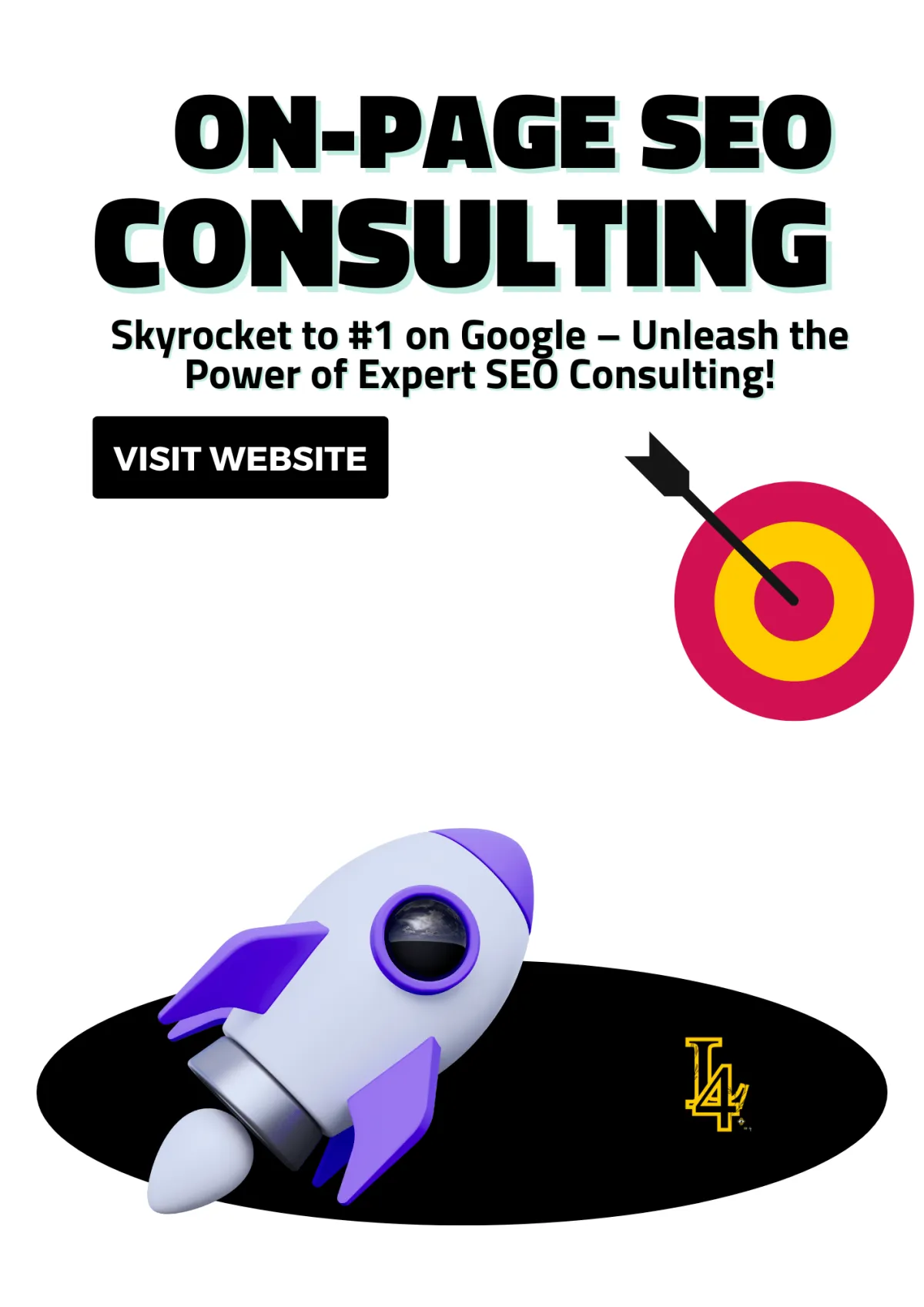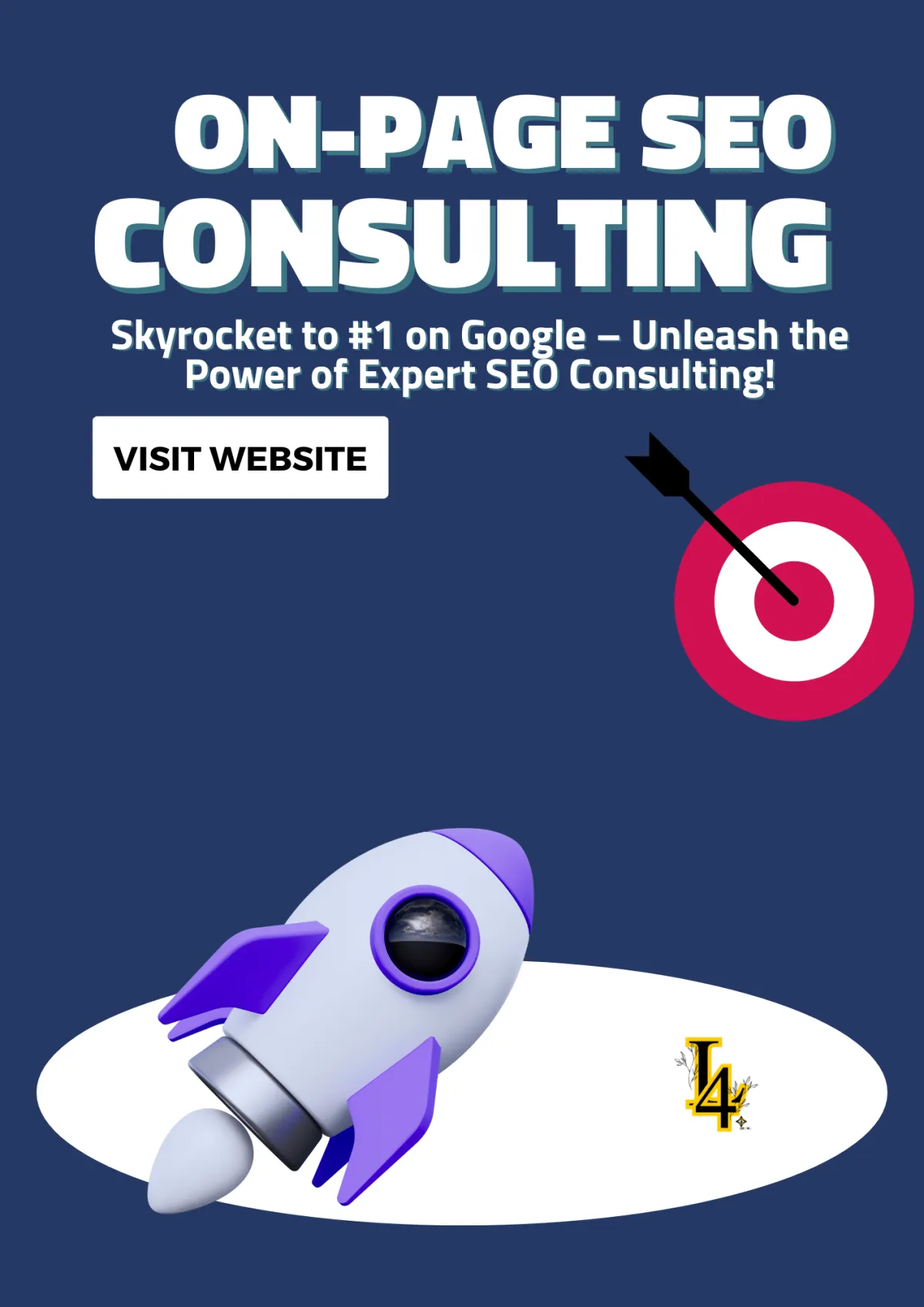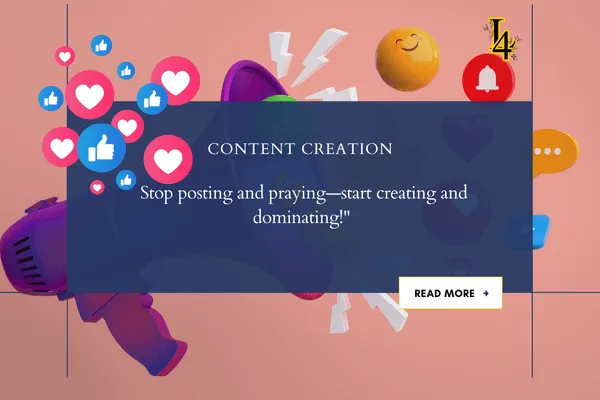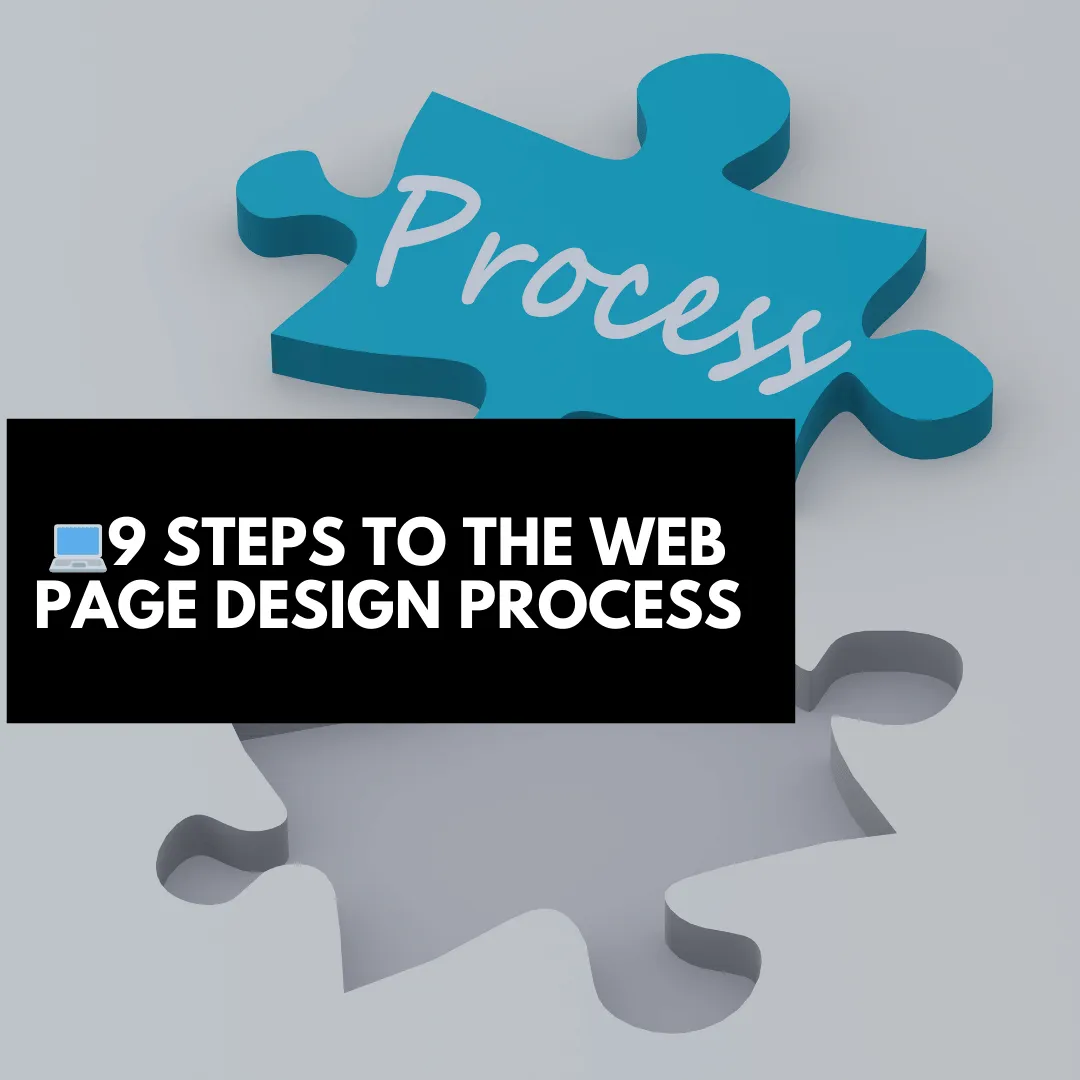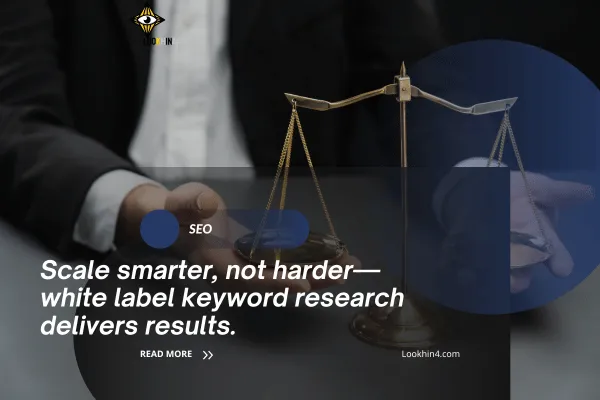
Steal This Anchor Text Secret to Skyrocket Your Google Rankings! (FREE Anchor Chart Included)
This post contains affiliate links, which means I may earn a small commission if you make a purchase through these links—at no extra cost to you. This helps support my content and allows me to continue reviewing amazing products. Thank you for your support! 😊✨

What if I told you changing a few words in your links could double your traffic and skyrocket your rankings? Anchor text isn’t just SEO jargon—it’s your secret weapon for driving more readers to your blog. In this complete guide, I’ll reveal exactly how mastering anchor text transformed my website’s SEO (and how you can easily do the same!).
Skip Ahead to Your Preferred Topic. 🔍
Steal This Anchor Text Secret to Skyrocket Your Google Rankings! (FREE Anchor Chart Included)
How to Use Anchor Text in SEO for Blogs and Websites: A Complete Guide to Improving Your Link Building
Why Does Anchor Text Matter for SEO?
Types of Anchor Text (With Examples)
Creating Your Own "Text Features Anchor Chart" for Anchor Text
Common Mistakes When Applying Anchor Text and How They Hurt Your Website and Online Strategy
Best Practices for Using Anchor Text in SEO
5. Use Anchor Text Strategically for Internal Linking
How Anchor Text Benefits Your Link Building
Tools to Track & Improve Your Anchor Text SEO

How to Use Anchor Text in SEO for Blogs and Websites: A Complete Guide to Improving Your Link Building
When I first started my journey in digital marketing and building websites, one of the biggest mysteries I encountered was understanding anchor text. As a beginner blogger, I had no clue what it was or why it mattered. Terms like “text features anchor chart” were just jargon to me, but after plenty of research, trials, and (many!) errors, I realized just how critical anchor text is for SEO success.
In this guide, I'll share exactly how you can master the use of anchor text to boost your blog or website's SEO. I’ll provide real-world examples, stats, and step-by-step instructions, and of course, share the best practices I've personally learned along the way.
What Exactly is Anchor Text?
Let’s start with the basics. Anchor text is simply the clickable text you see in a hyperlink. It’s the visible text that tells users (and search engines!) what to expect on the linked page.
For example:
Good Anchor Text: "Check out my ultimate guide on How to Use Internal Linking to Help Your Website."
Poor Anchor Text: "To learn more about internal linking, click here."
The first example clearly describes the content you’ll find. The second example is vague and doesn't inform readers (or search engines) about the linked content.
Why Does Anchor Text Matter for SEO?
When Google crawls your website, anchor text helps it understand the relevance of the linked page. Google’s algorithms rely heavily on anchor text to understand content context, relevance, and quality.
Key statistics:
According to Ahrefs, pages with keyword-rich anchor text are 53% more likely to rank higher in Google’s search results.
HubSpot reports that properly optimized anchor text can increase click-through rates by up to 39% compared to generic phrases like “click here.”
Types of Anchor Text (With Examples)
As I gained more experience, I learned that there are different types of anchor text, each serving a unique SEO purpose. Here are the most common:
1. Exact Match Anchor Text
Using your target keyword exactly as the anchor text.
Example: "Read my comprehensive post on SEO startup companies."
2. Partial Match Anchor Text
Combines your target keyword with other words.
Example: "Discover the best hacks and tips for content creation."
3. Branded Anchor Text
Using your brand or business name as anchor text.
Example: "Check out more articles on the Lookhin4 blog."
4. Naked URLs
Using the raw URL itself as anchor text.
Example: "Visit us at https://blog.lookhin4.com."
5. Generic Anchor Text
Common calls to action without keywords.
Example: "Click here," "Learn more," "Read more."
While occasionally useful, generic anchor text lacks SEO value.
Creating Your Own "Text Features Anchor Chart" for Anchor Text

🔑 Quick Tips:
Prioritize Partial Match anchors for natural, user-friendly linking.
Limit Exact Match anchors to avoid over-optimization penalties.
Regularly use Branded anchor texts for strong brand association.
Minimize Naked URLs and Generic anchors; they offer limited SEO value.

Common Mistakes When Applying Anchor Text and How They Hurt Your Website and Online Strategy
Anchor text—the clickable text within a hyperlink—plays a pivotal role in search engine ranking, impacting your blog’s organic traffic and visibility on the SERP (Search Engine Results Page). However, common mistakes in anchor text implementation can severely hinder your website’s performance and negatively influence your overall link strategy.
1. Overusing Exact-Match Anchor Text One of the most prevalent mistakes is excessive reliance on exact-match anchors—hyperlinks that exactly match your target keyword. While keyword-rich anchors are essential for keyword optimization, overusing exact matches can signal manipulation to search engines, potentially leading to penalties. Google’s algorithm updates, like Penguin, specifically target unnatural linking practices. Excessive exact-match anchors in your link profile may thus diminish your site's search engine ranking, reducing overall visibility.
Impact:
Over-optimization triggers penalties from Google, hurting rankings.
Decreased organic visibility, reducing traffic and conversions.
2. Ignoring Anchor Text Relevance Many website owners overlook the importance of relevance when selecting anchor text. Anchor texts must clearly reflect the content they link to, offering meaningful context. Irrelevant anchor texts confuse users and search engine crawlers, negatively affecting your page’s ability to rank effectively on SERPs.
Impact:
Low user engagement due to misleading hyperlinks.
Reduced crawl efficiency, causing important pages to be undervalued in SERPs.
3. Relying Heavily on Generic Anchors Generic anchor texts, like "click here," "learn more," or "read this," fail to provide useful context or contribute effectively to your SEO efforts. Search engines rely heavily on descriptive, keyword-rich text to understand content relevance. Generic anchors squander an opportunity for improved keyword optimization and signal to search engines that your content may lack depth and specificity.
Impact:
Minimal SEO value; missed opportunities for ranking improvements.
Reduced ability to attract targeted organic traffic due to lack of keyword context.

4. Neglecting Internal Link Anchor Text Often overlooked, internal links are critical for distributing link juice across your website. Using poorly chosen internal anchor texts or relying heavily on generic terms fails to inform search engines of a page’s relevance. Strategic use of descriptive internal anchor text helps search engines understand content hierarchies and topic relevance, boosting rankings.
Impact:
Decreased page authority and ranking opportunities.
Weakens the website’s structural integrity, limiting ranking potential on key pages.
5. Mismanagement of External Links Improper use of external links, especially when paired with inadequate anchor text choices, can damage credibility and dilute your site's SEO authority. Linking out excessively without carefully selected, relevant anchor text reduces your page’s focus. Conversely, failing to link externally with contextual, authoritative anchor text can make your content appear isolated, potentially hurting your page's perceived authority.
Impact:
Lost SEO credibility due to poor-quality linking practices.
Missed opportunities to build contextual relevance through authoritative linking.
6. Excessive Use of Naked URLs Another frequent mistake involves using naked URLs—full URL addresses as anchor texts—instead of descriptive, contextual text. Naked URLs offer minimal SEO benefit, do not indicate clear content relevance, and can negatively impact readability and user experience.
Impact:
Reduced keyword association, diminishing potential ranking signals.
Decreased user engagement due to poor readability and lack of clarity.
7. Neglecting Diversity in Your Link Profile Lack of diversity in anchor text can be perceived as unnatural. An ideal link profile contains a mix of branded, partial-match, exact-match, and generic anchors. A diverse link profile appears natural and organic, indicating to search engines that your content is authentic and trustworthy. Failing to diversify may result in lower rankings due to algorithmic penalties.
Impact:
Increased risk of algorithm penalties for unnatural linking patterns.
Lower overall organic search visibility.
8. Lack of Contextual Linking Ignoring contextual links—links embedded naturally within relevant content—can weaken your website’s SEO. Search engines heavily prioritize context, and contextual links significantly improve your content’s perceived quality and authority. Failure to implement contextual anchor texts can result in missed ranking opportunities, negatively affecting your online strategy.
Impact:
Weaker topical authority and fewer contextual ranking signals.
Missed opportunities for meaningful user engagement and conversions.
Best Practices for Using Anchor Text in SEO
Here’s how you can effectively implement anchor text to enhance your blog’s SEO:

1. Keep It Relevant & Natural
Always use anchor text that accurately describes the linked page’s content. Natural phrasing helps both readers and Google.
2. Mix It Up
Diversity in your anchor text is crucial. Google penalizes unnatural linking patterns. A healthy mix of exact match, partial match, and branded anchor text signals authenticity.
3. Don’t Over-Optimize
I learned this the hard way—overusing exact-match anchor text can lead to Google penalties. Keep exact-match anchor text usage around 10-20% of your overall links.
4. Link Deep
Don’t always link to top-level pages like your homepage. Deep linking to specific posts (like my article on Best Website Builder and Hosting for Small Business) distributes authority evenly.
5. Use Anchor Text Strategically for Internal Linking
Internal links guide users and strengthen your site's structure. Check out my complete guide on How to Use Internal Linking to Help Your Website for more insights.
How Anchor Text Benefits Your Link Building
Anchor text significantly enhances link building efforts in several ways:
Improved Ranking: Google uses anchor text to gauge the relevance of linked content, boosting rankings.
Increased Traffic: Clear, compelling anchor text encourages readers to click, driving more targeted traffic.
Enhanced User Experience: Quality anchor text guides readers effectively through your content, reducing bounce rates.
When I optimized anchor text on my blog, I saw a noticeable improvement in search visibility and traffic. For instance, my guide on SEO Startup Companies jumped several positions within weeks due to improved internal linking practices.
Real-World Examples & Results
Here's how anchor text transformed some of my key articles:
My article on "Best Hacks and Tips and Tricks for Content Creation" doubled organic traffic after I strategically optimized its internal links using partial-match anchor text.
The "Best Website Builder and Hosting for Small Business" guide reached the first page on Google within two months after implementing a diverse anchor text strategy.
Tools to Track & Improve Your Anchor Text SEO
Effectively tracking and optimizing your anchor text is critical to any successful link building strategy. Utilizing the right tools can significantly enhance your SEO, helping you ensure your hyperlinks are impactful and relevant.
Google Search Console
Google Search Console is essential for monitoring your site's anchor text performance. It provides detailed insights into how Google indexes your content, including the link text that helps users and search engines understand the relevance of each page. This tool also highlights any indexing issues that might negatively impact your internal links or external links, allowing for timely corrections to maintain strong backlink performance.
Ahrefs & SEMrush
Ahrefs and SEMrush offer robust solutions to analyze your anchor text profiles comprehensively. These tools help identify whether your site has a diverse range of clickable text across various backlinks, ensuring you maintain a natural and balanced link building strategy. With their extensive databases, you can easily review your internal link structure, monitor your external link quality, and discover opportunities for improving anchor text to boost your site’s SEO rankings.
Yoast SEO (WordPress Plugin)
Yoast SEO integrates seamlessly into your WordPress editor, providing a practical way to optimize your internal links directly during content creation. This plugin guides you to choose relevant and SEO-friendly link text, making your hyperlinks more effective and user-friendly. With Yoast, you're empowered to instantly enhance your content’s readability and relevance, ensuring each clickable text link contributes positively to your overall SEO strategy.
Final Thoughts: Master Anchor Text for SEO Success
Mastering anchor text was a turning point in my blogging journey. It significantly improved my SEO rankings, increased user engagement, and boosted organic traffic.
Remember to create your own "text features anchor chart" as a handy reference. Keep your anchor text diverse, relevant, and natural—and you’ll start seeing powerful results.
Ready to master more SEO strategies? Don’t miss my comprehensive guides:
More Articles
Turn Clicks to Cash: Build a Web Template That’s Straight Heat
Master the Art of Web Page Outlines: Your Blueprint for a High-Performing Website
Essential Types of Webpages for Every Website (With Examples)
11 Benefits of Using SEO Software for Online Business Growth
B2B SEO Agency: Dominate Search, Outrank Competitors, and Drive More Leads
Unlock Business Growth with Powerful Search Engine Services
5 Meta Description Tips for Beginners: Write Like a Pro!
Get More Customers with GMB Optimization – Rank #1 in Your Area!
Online Reputation Specialist Shares Secrets to Boosting Trust & SEO Rankings


